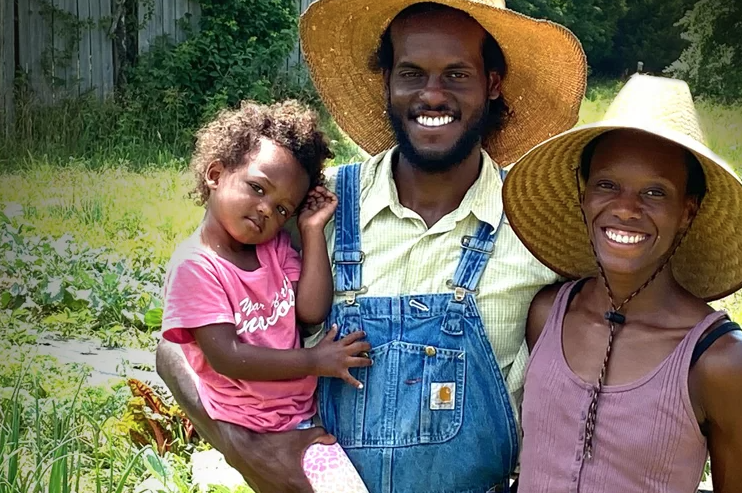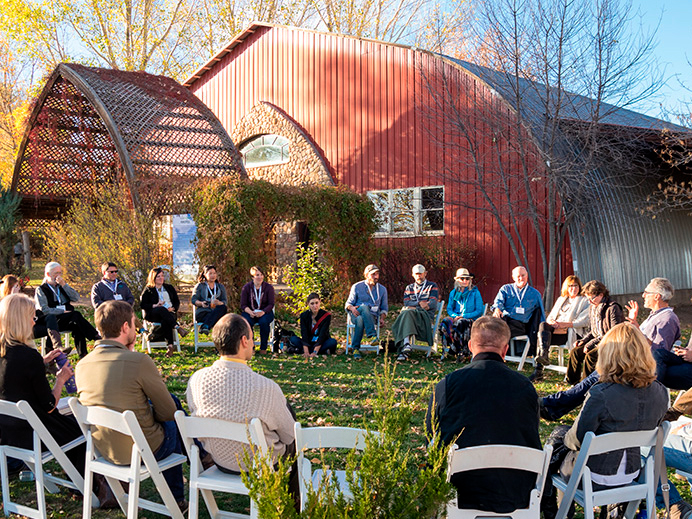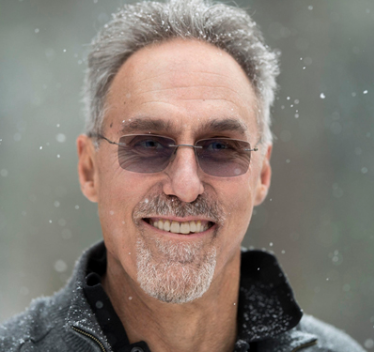Why Slow Money?
by Woody Tasch, founder of Slow Money
Some Thoughts on Fiduciary Responsibility, Mutually Assured Destruction and Small, Diversified Organic Farms
Since the slow money movement’s first low interest loan to a local organic farm in 2010, more than $80 million has flowed to over 800 small farms and local food businesses, via volunteer-led groups in a few dozen communities. Events of the last few years have emphatically accentuated our shared concerns.
The pandemic heightened appreciation of community supported agriculture and local food systems. If we want to preserve and restore small, diversified organic farms, we are going to fund them not only as consumers, but as investors. Which is going to require new ways—slow, small and local ways—for capital to flow across the boundaries of investing and philanthropy.
The Green Revolution and industrial agricultural systems are dedicated to increasing production via large-scale agricultural operations and global supply chains, in order to feed the growing world population. Since the mid-20th century, they’ve been doing this to a T, powered by synthetic fertilizers, herbicides, pesticides, GMOs and other food and farming technologies. As the threshold of the new millennium arrived, something called “the food movement” emerged. Consumers in developed countries woke up to what was being degraded, ecologically and culturally, by the advent of highly-processed food. Community supported agriculture and farmers’ markets expanded. In 1989, Carlo Petrini famously pronounced when McDonald’s opened in Rome, “We don’t want fast food. We want slow food.” Slow food became a movement, linking hundreds of thousands of consumers, producers, chefs and food activists in many scores of countries, in support of indigenous food culture and biodiversity. Then, Slow Money came on the scene to address the investing side of things.
Read Woody's full article here - https://greenmoney.com/why-slow-money
=====





